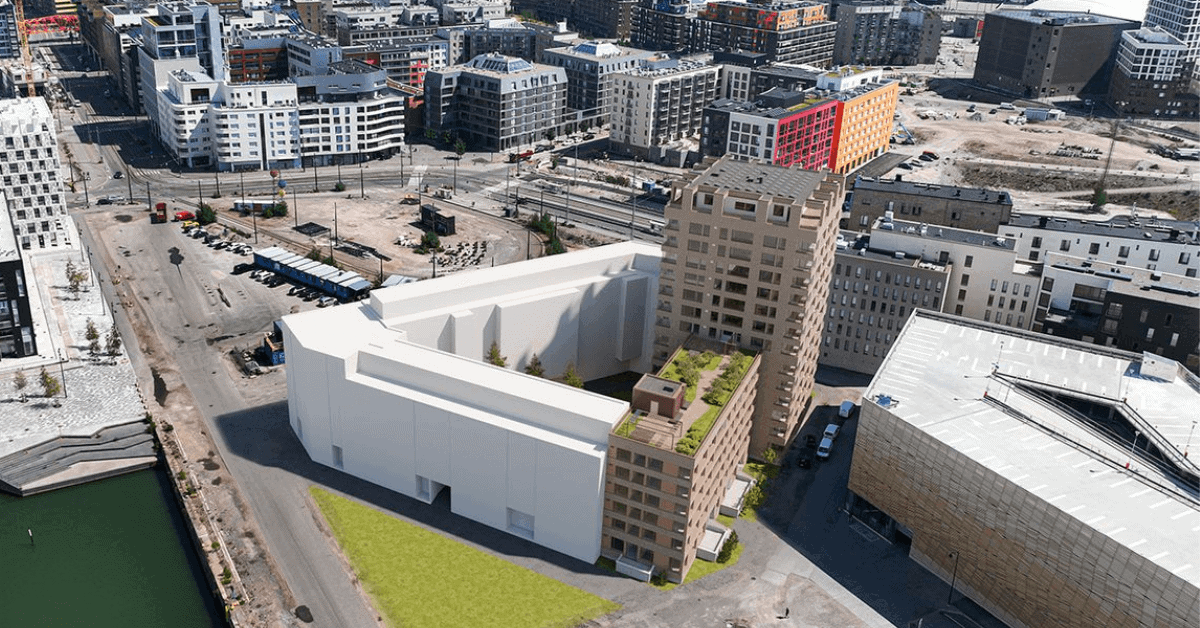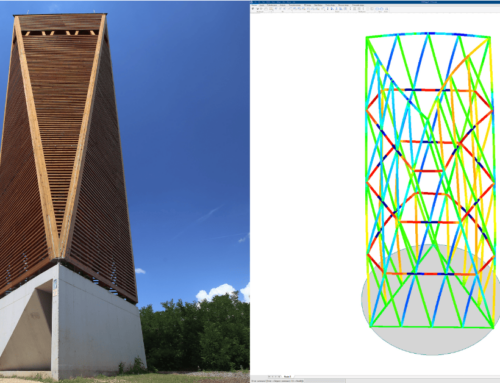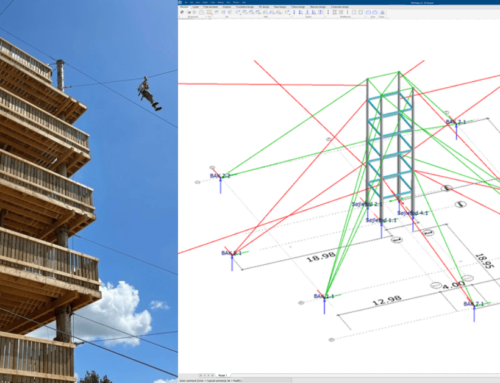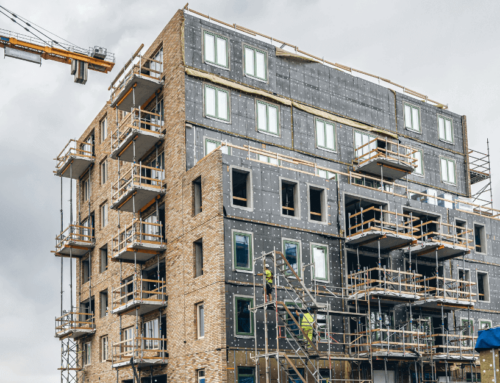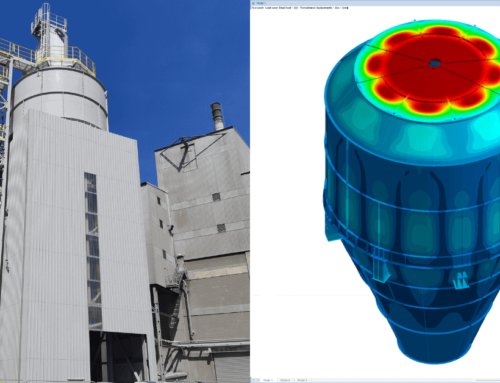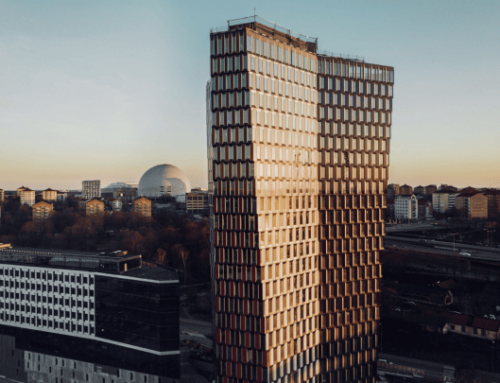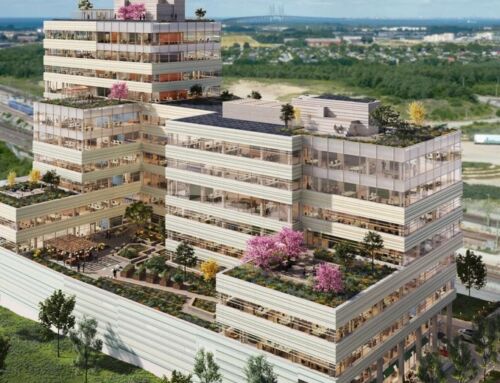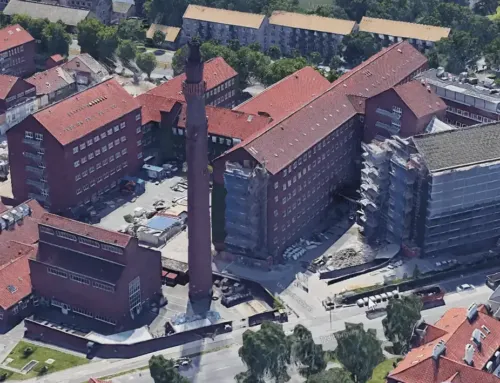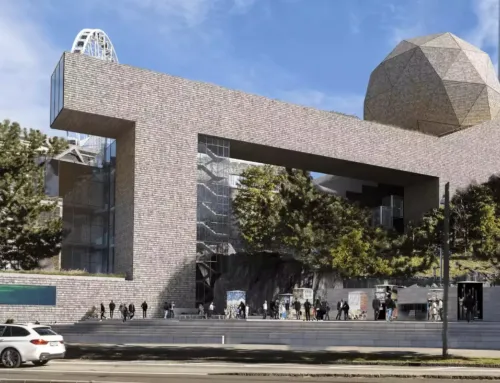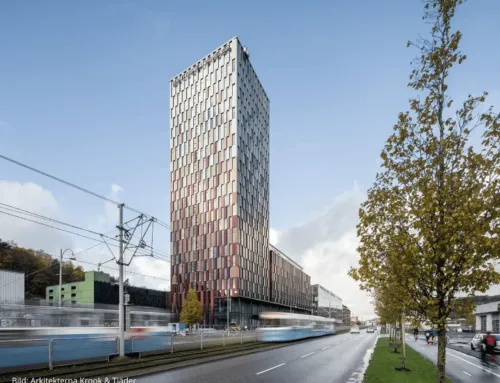What do you get when you combine a high-profile residential building at a prime shoreline location with a family-run engineering company with a long history? Jätkän Kruunu, an exceptional architectural venture in Jätkäsaari, an old harbour area in the Capital region of Finland, features a striking 6-story section and a 14-story tower section.
This development comprises 113 units, ranging from studios to four-bedroom apartments, with sizes varying from 30.5 m2 to 123.5 m2. Notable features include balconies, courtyards, rooftop terraces, and sea views. The top tower floors offer residents amenities such as a clubroom, saunas, and a rooftop work and hobby space. The building has an A-class rating for energy efficiency, with solar power integration. Moreover, the construction has an intricate blend of cast-in-place concrete structures with element walls and slabs.
The structural designer for this project was EJT Rakennusinsinöörit Oy and the architect Huttunen-Lipasti Architects Ltd.
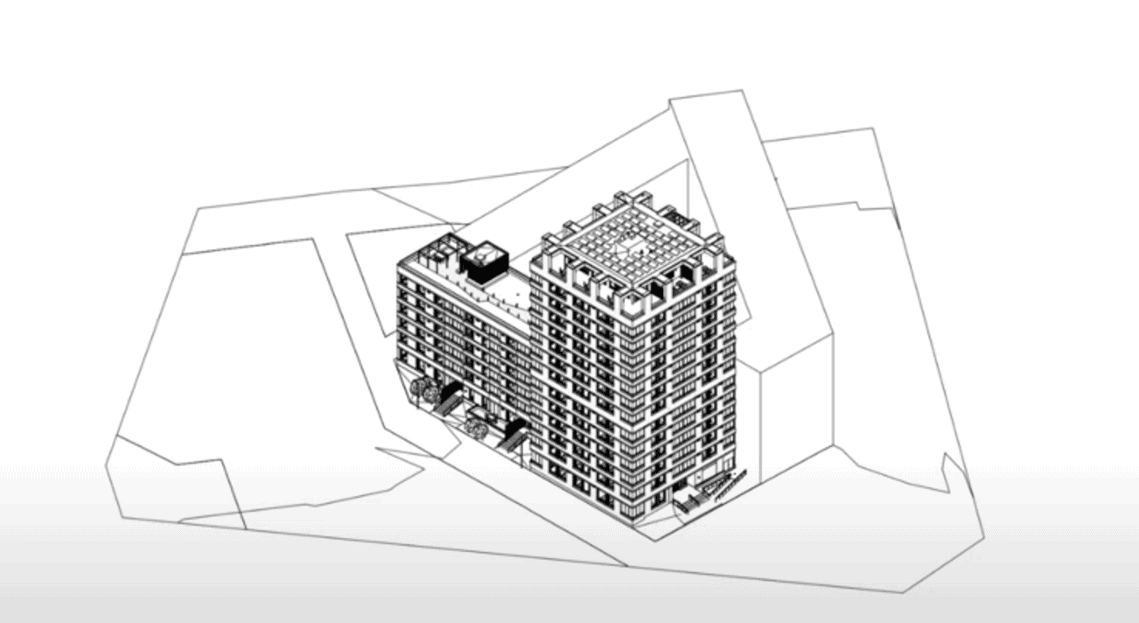
Overview of the project. Image credits: Huttunen-Lipasti Architects Ltd
Challenges faced: vertical load distribution, component-level design, and concrete cracking
Vertical load distribution was one of the main challenges the engineers at EJT had to overcome. The load paths of the horizontal load, especially those caused by the high-intensity coastal winds (more common in autumn and winter) on the structure, demanded ingenious solutions to be effectively distributed and transferred to the foundations of the building.
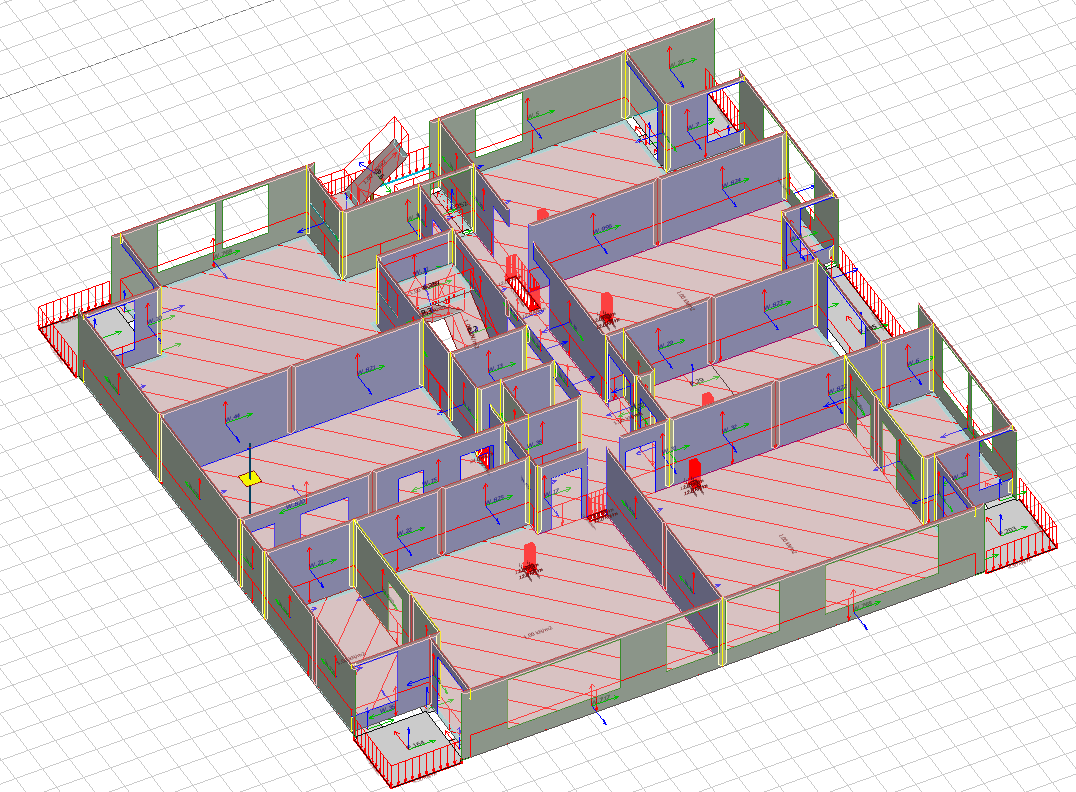
Loads distribution for one of the tower’s floors. Image credits: EJT
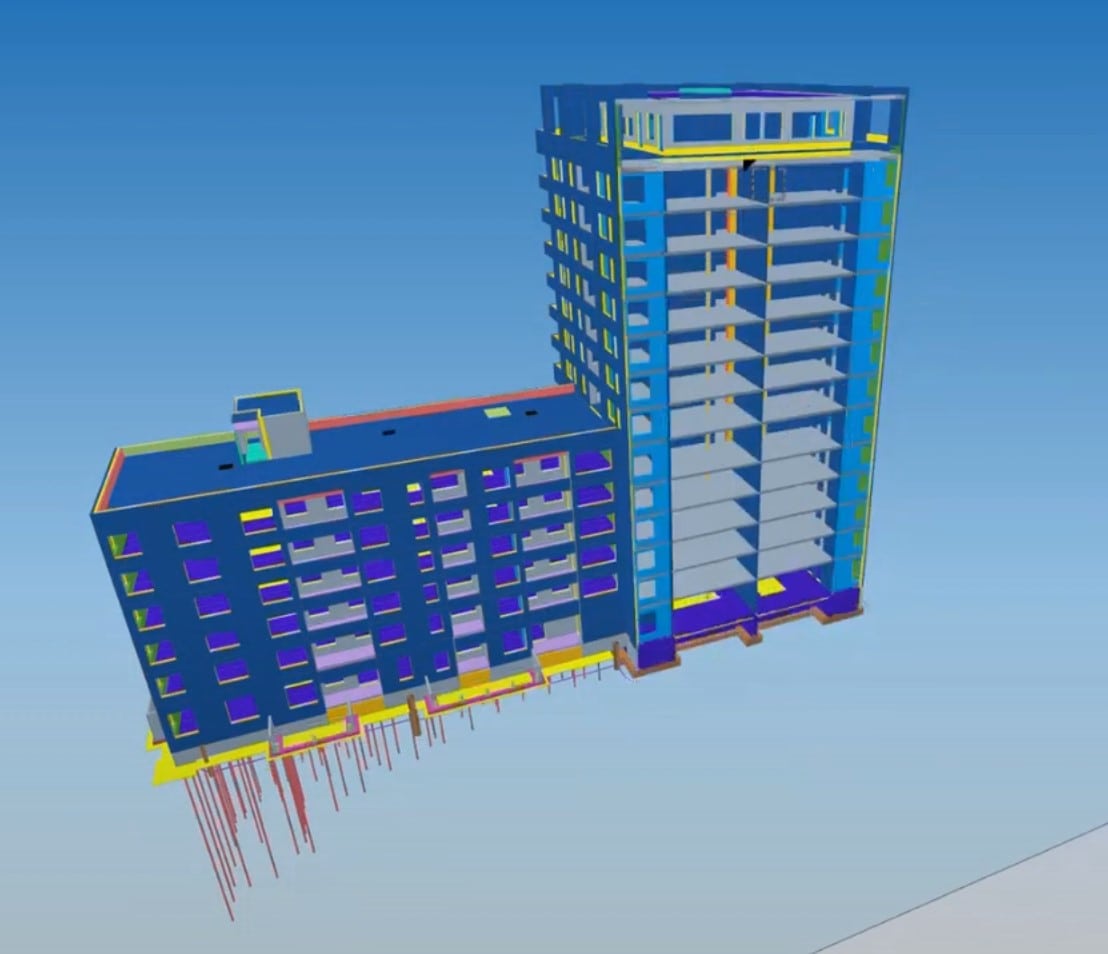
Tekla model of the project. Lower 6-story part and high-rise 14-story part. Structure supported by pilings. Image credits: EJT
To tackle this challenge, EJT engineers relied on FEM-Design’s load distribution algorithms and edge connection handling. They conducted rigorous load analysis, ensuring that every structural element was optimised for its calculated design load. Moreover, they calculated wind loads in the highest coastal wind load class to fine-tune their load distribution models further.
Achieving structural stability while accommodating the architectural intricacies of the building required meticulous attention to component-level design, including the walls, columns, and slabs.
“FEM-Design’s capabilities were pivotal in modeling these complex components accurately. The detailed finite element analysis model allowed us to assess stress concentrations and load-bearing capabilities at critical joints within the structure. This level of detail enabled us to optimise reinforcement layouts and ensure that each component could withstand the imposed loads effectively,” says Joonas Jaakkola, M.Eng, Project Engineer at EJT-Rakennusinsinöörit Oy.
Besides the challenges with vertical load distribution and component-level design, EJT engineers focused on calculating concrete cracking. Given the building’s impressive height, modeling of concrete cracking was crucial. To ensure compliance with the comfortability criterion, lateral displacement, and vibration, they adopted a safe side method of tripling elastic non-cracked deformations, demonstrating their commitment to safety and uncompromised quality.
The challenge of controlling concrete cracking was addressed through software and manual calculations. FEM-Design’s cracking analysis tools provided valuable insights into potential crack locations and widths. These results were cross-verified through manual calculations, ensuring their approach was conservative and aligned with design codes.
All FEM calculations in the project were divided between two models: the tower and the lower part. This was possible because the two buildings are separated from each other with movement joint and because they were designed in different consequences classes, which have effects on load combinations.
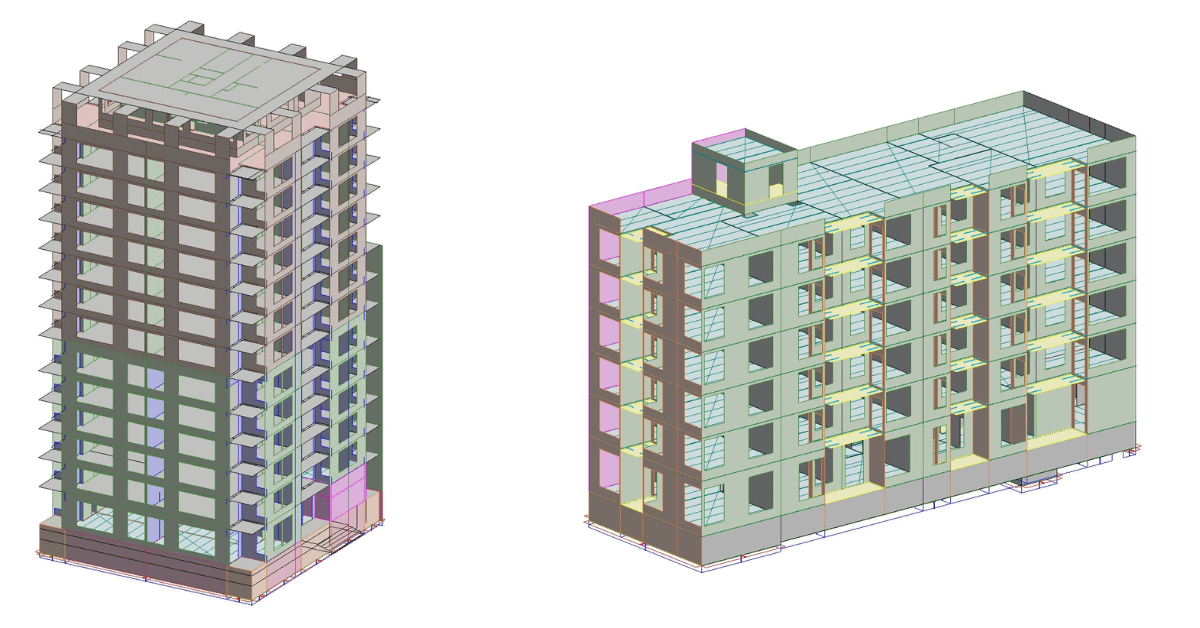
FEM-Design models for the lower 6-story part and high-rise 14-story part. The smaller part of the building had hollowcore slabs (FEM-Design hollowcore model) and the high-rise part had cast on situ slabs and element walls. Image credits: EJT
Why they chose FEM-Design for this project
EJT engineers’ choice of FEM-Design was initially influenced by their familiarity with analogous software tools and FEM-Design’s well-earned reputation for its advanced concrete structure design capabilities and especially element building modeling capabilities.
“There wasn’t a particular feature that led us to choose FEM-Design. Instead, we quickly recognised its adaptability and potential to elevate our project and its suitability for these projects. Joonas has previous experience with Dlubal’s RFEM software in similar projects and was able to use FEM-Design easily, even though this was one of his first projects with FEM-Design,” says Marko Haikarainen, B.Eng, Project Manager.
FEM-Design’s concrete structure design capabilities, particularly for slabs, walls, and reinforcement, helped the engineering team get the necessary precision and proved user-friendly. These were instrumental in the project’s overall success.
The software’s finite element analysis capabilities facilitated the accurate modeling of concrete structures, both whole frame and slabs. It allowed the engineers at EJT to simulate real-world load scenarios, assess stress distribution, and optimise reinforcement layouts. Additionally, the software’s non-linear analysis capabilities were crucial in evaluating structural behaviour under varying load conditions.
“A defining feature of FEM-Design was its remarkable flexibility. This versatility allowed us to swiftly tweak reinforcement and structural elements and modify the structure, providing invaluable agility in fine-tuning the design to harmonise with the project’s unique demands. Moreover, easy modeling was a key part of the productivity we needed for big projects like this,” adds Marko Haikarainen.
The software’s prowess in concrete section design was a standout feature, offering an efficient and streamlined approach to slab design that effortlessly met ULS and SLS requirements.
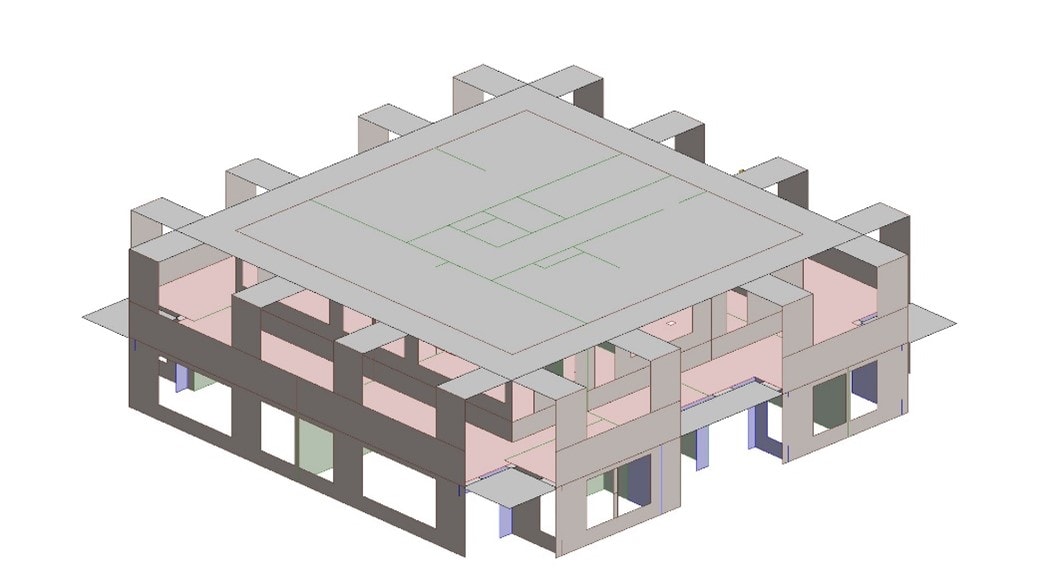
FEM-Design model of the tower’s roof floor. Image credits: EJT
“The ability to make real-time adjustments to the design parameters and instantly observe their impact on structural performance was a game-changer. We leveraged FEM-Design’s flexibility to modify the structure manually and do iterative calculations to explore multiple design scenarios efficiently. This iterative approach ensured that our final design was structurally sound and optimised for material usage and construction efficiency,” concludes Marko Haikarainen.
Customer portrait:
EJT is a well-established Finnish civil engineering firm with a history of 30+ years. It specialises in renovation and new construction projects, having successfully completed over a thousand projects. The company’s expertise lies in the structural design and construction of residential buildings, and it has a reputation for delivering high-quality work.
Count on FEM-Design as your go-to concrete structure design software
With FEM-Design, you get an effective tool for designing both Reinforced Concrete (RC) and Precast Concrete structures. Whether you’re inspecting objects in a comprehensive 3D modeling setting or analysing them element by element in a 2D perspective, the design process for reinforced concrete is fast and straightforward. The engineers at EJT used FEM-Design’s concrete design module optimally for the Jätkän Kruunu project. Read more details about FEM-Design’s concrete design module here. Are you eager to use FEM-Design as your go-to concrete structure design software?
